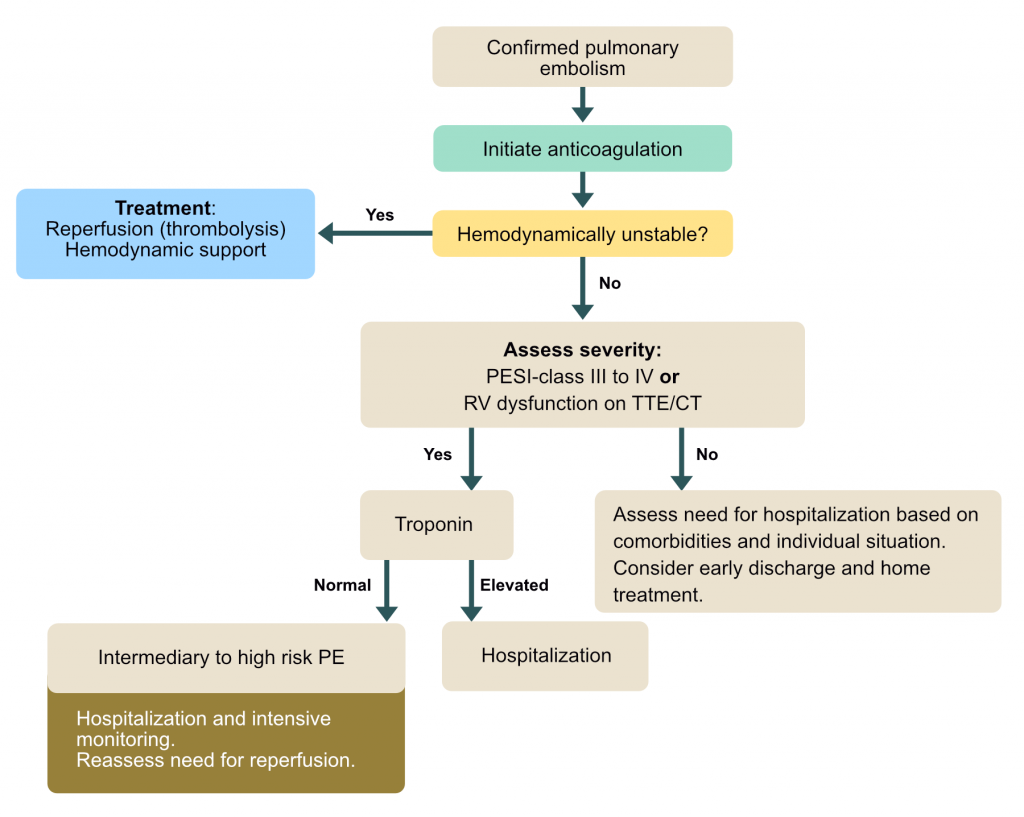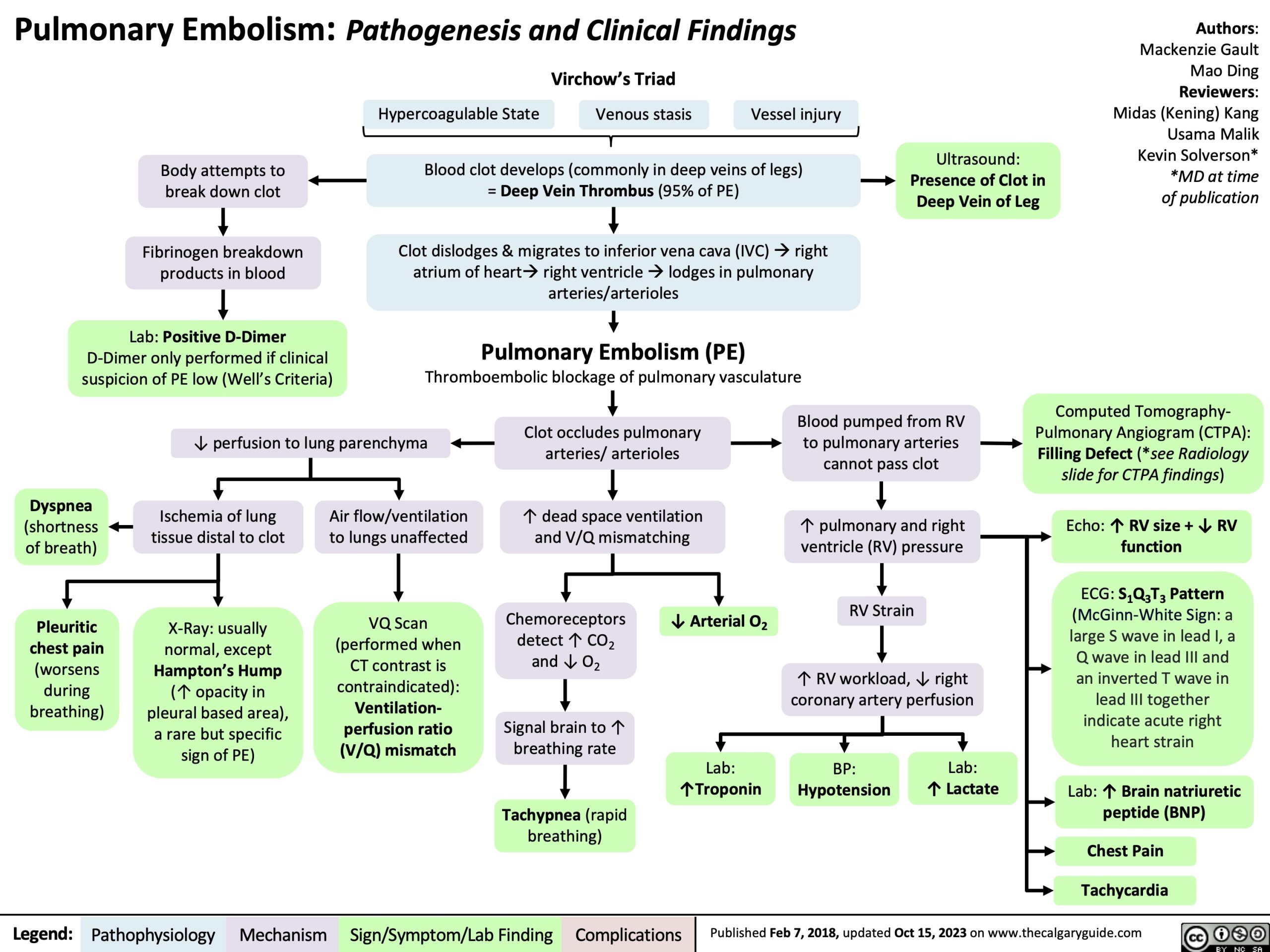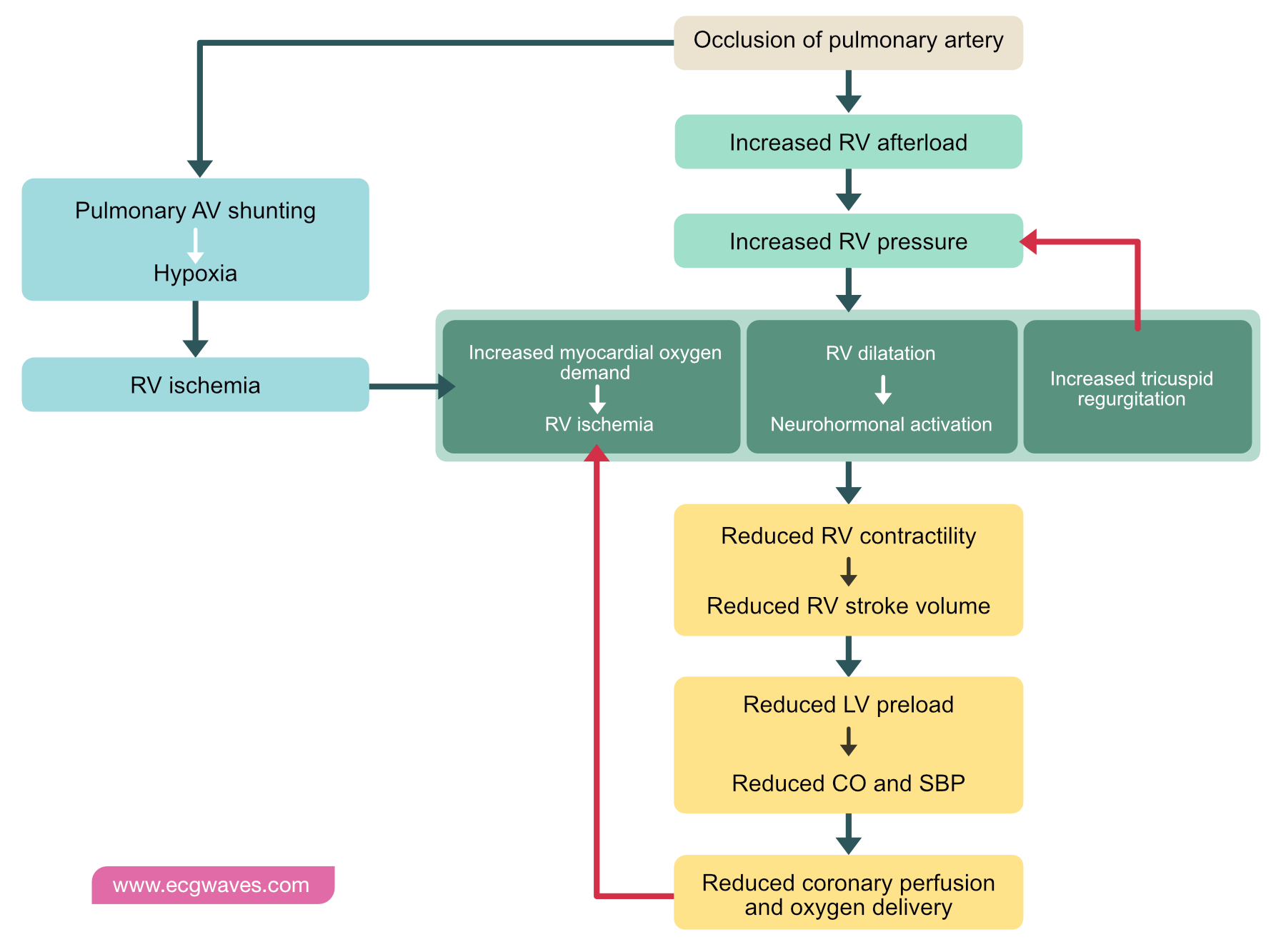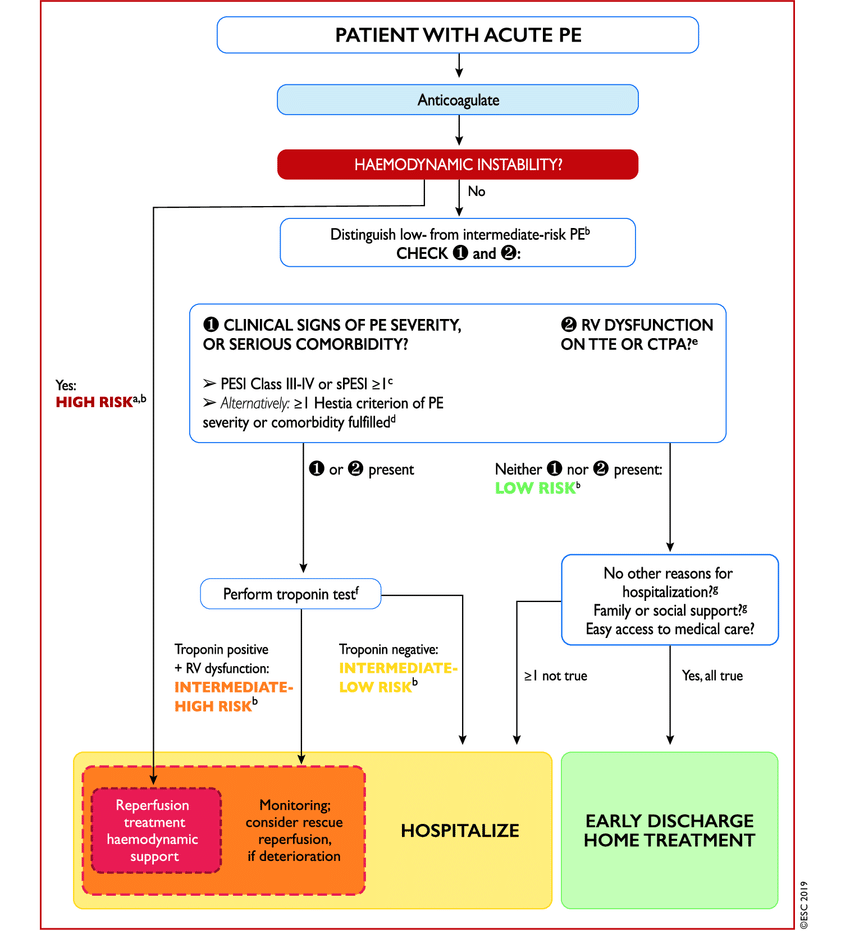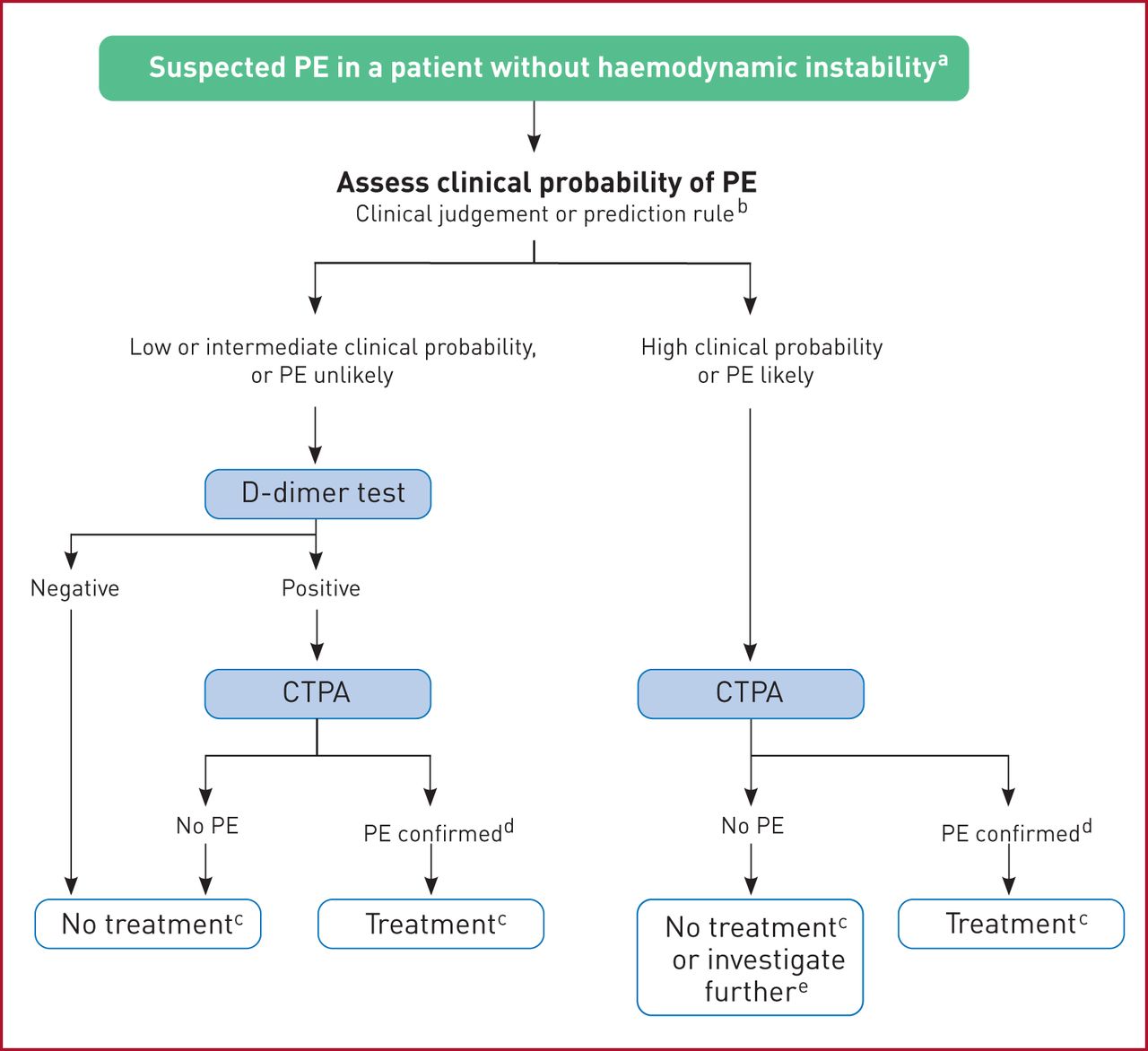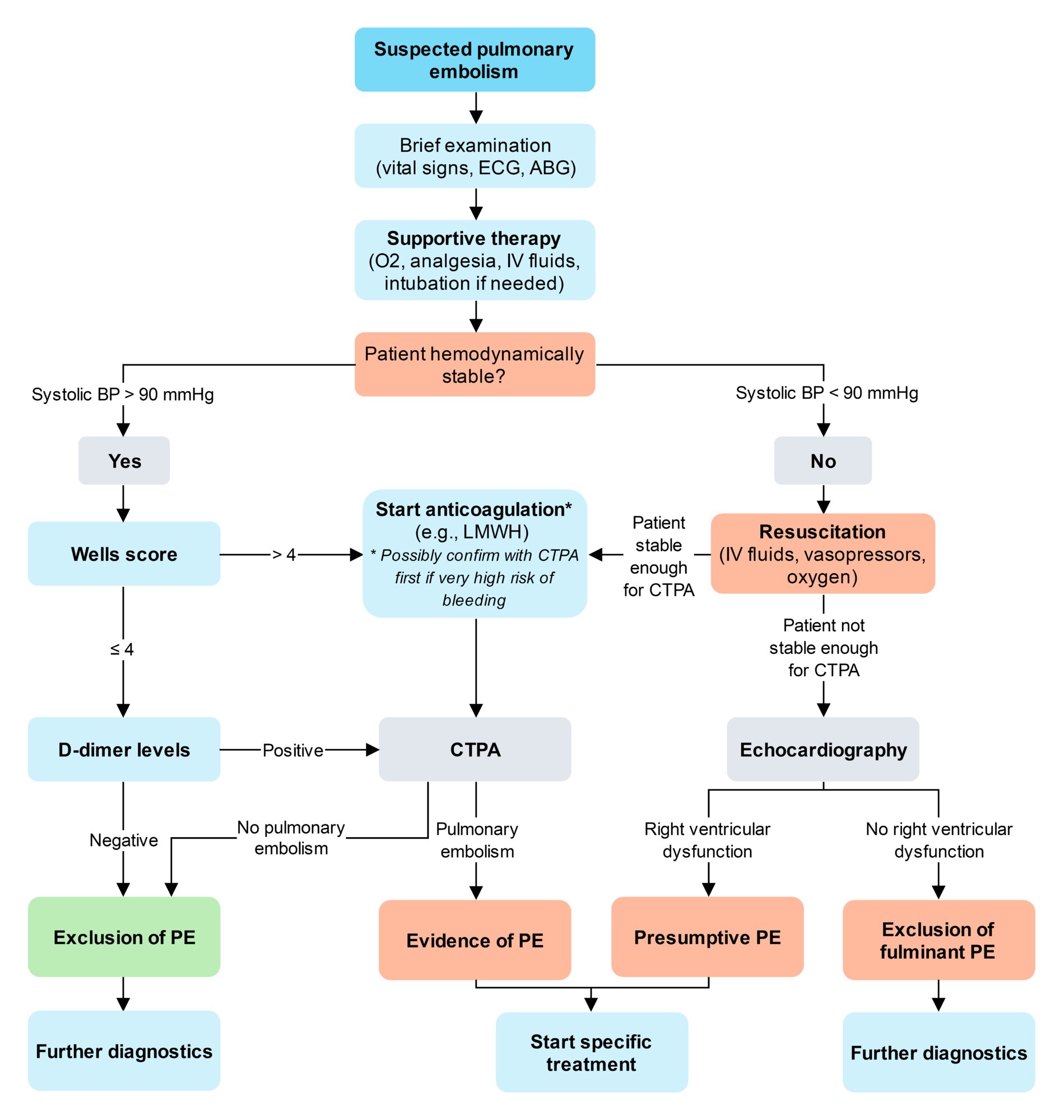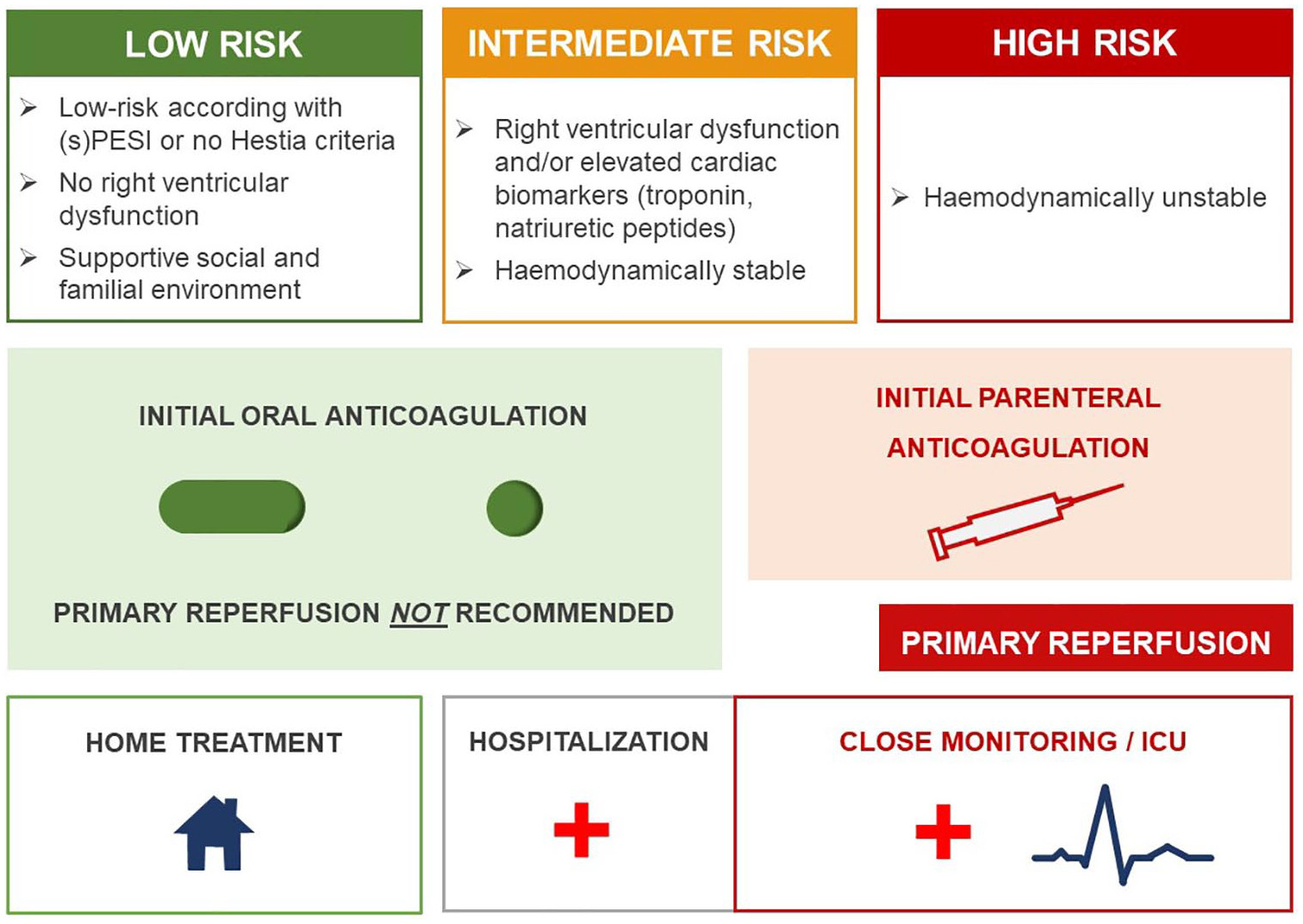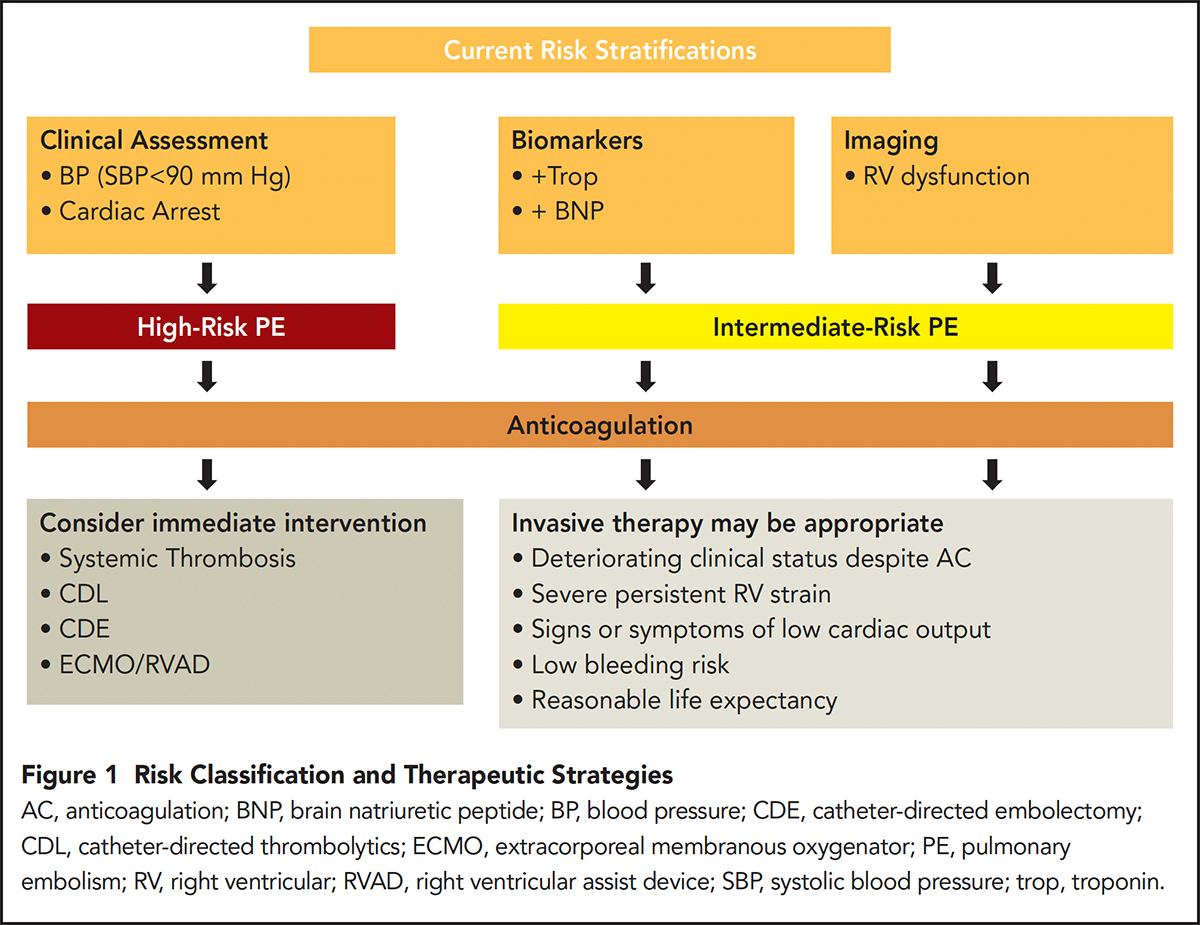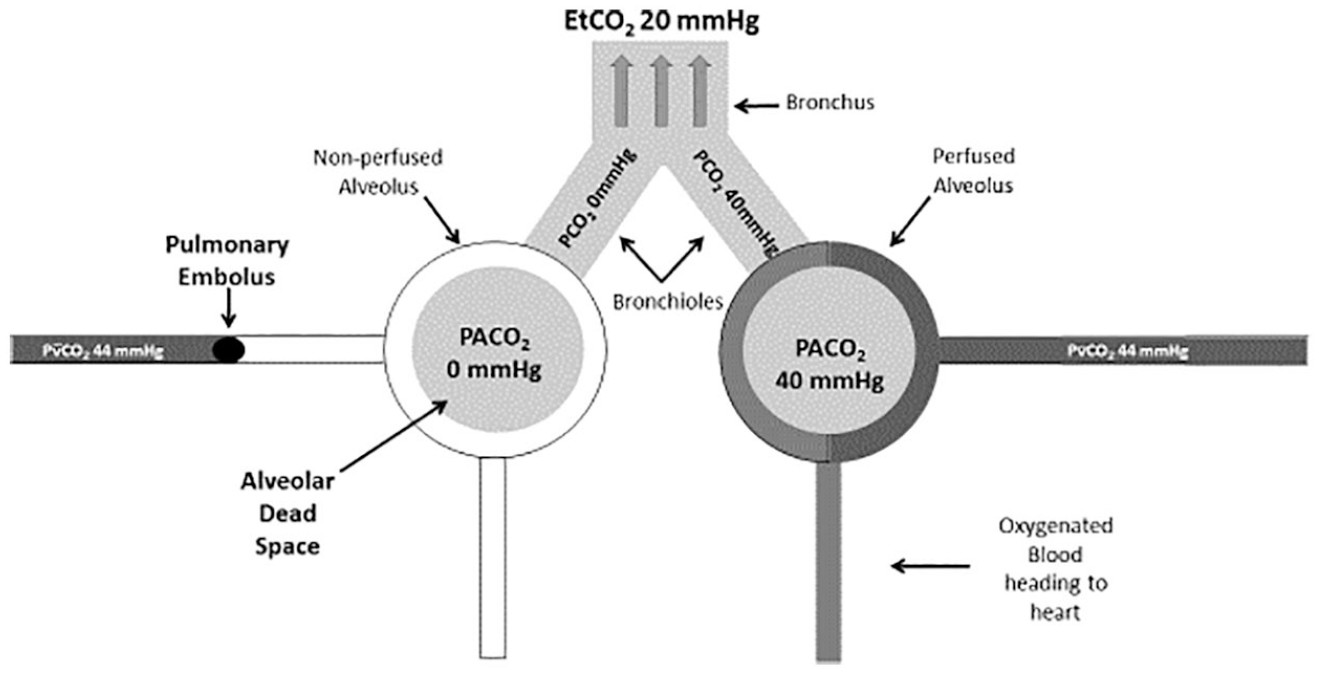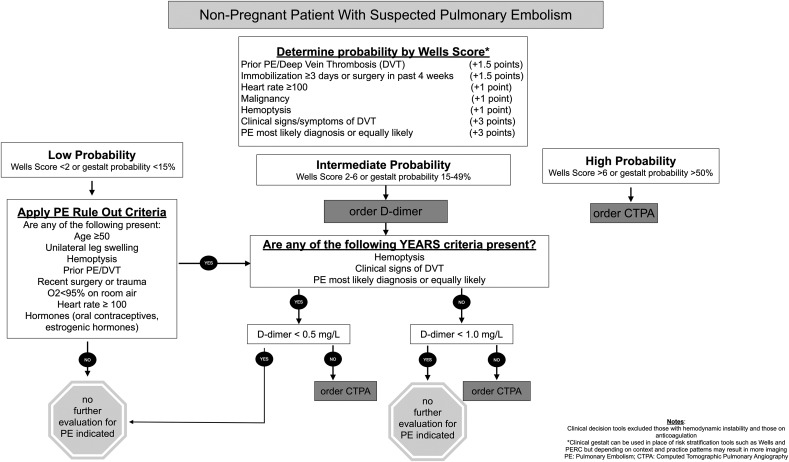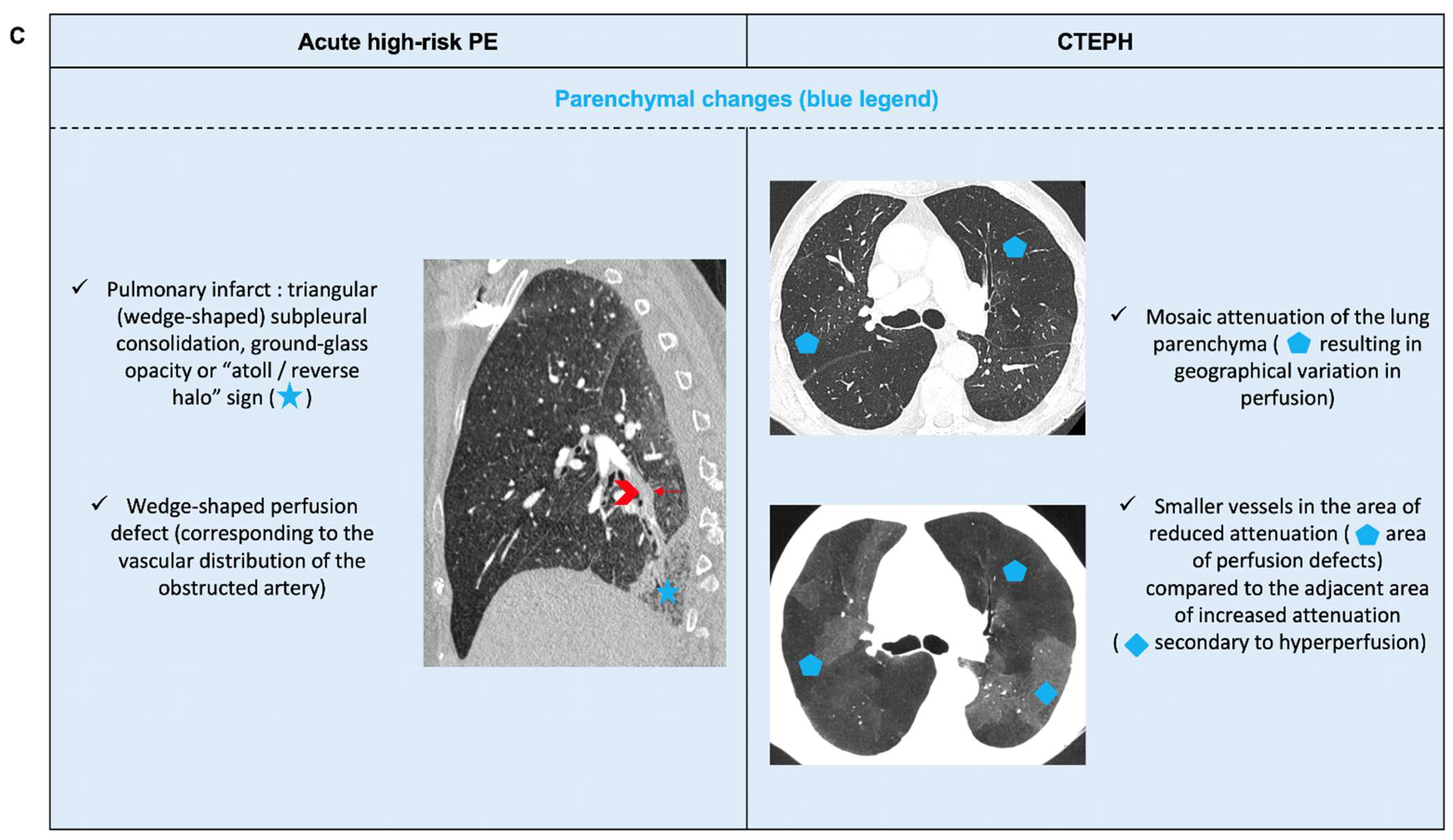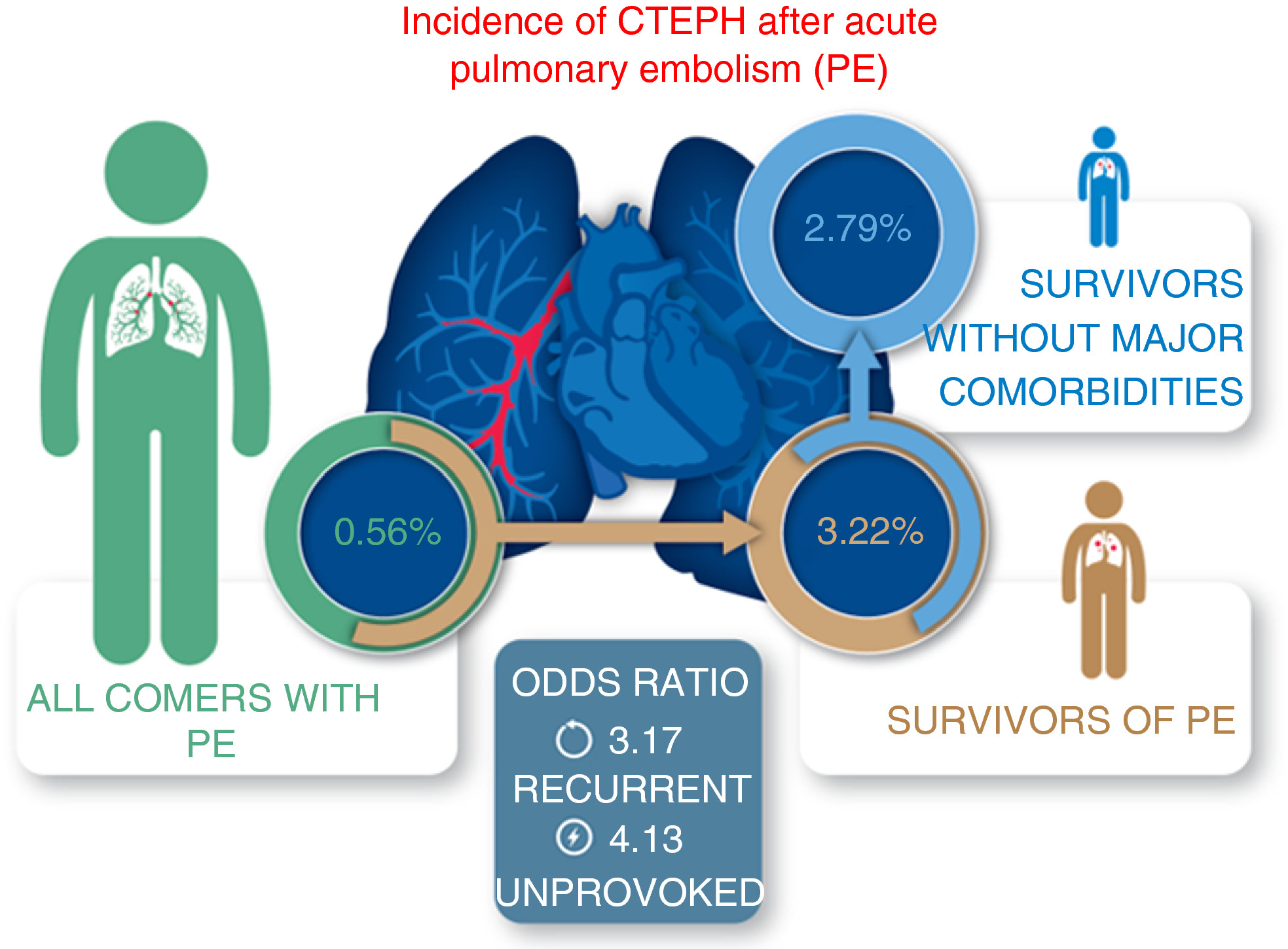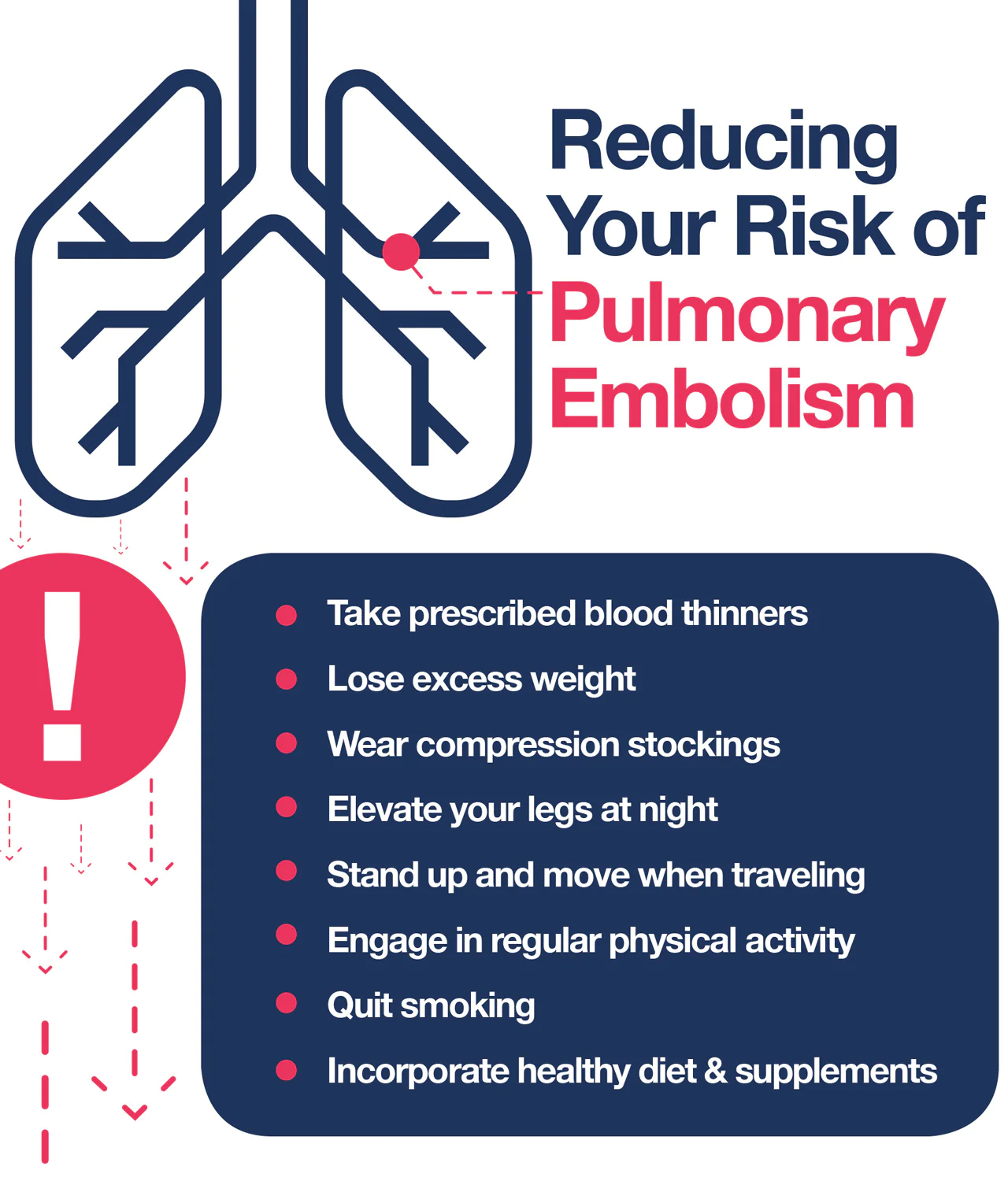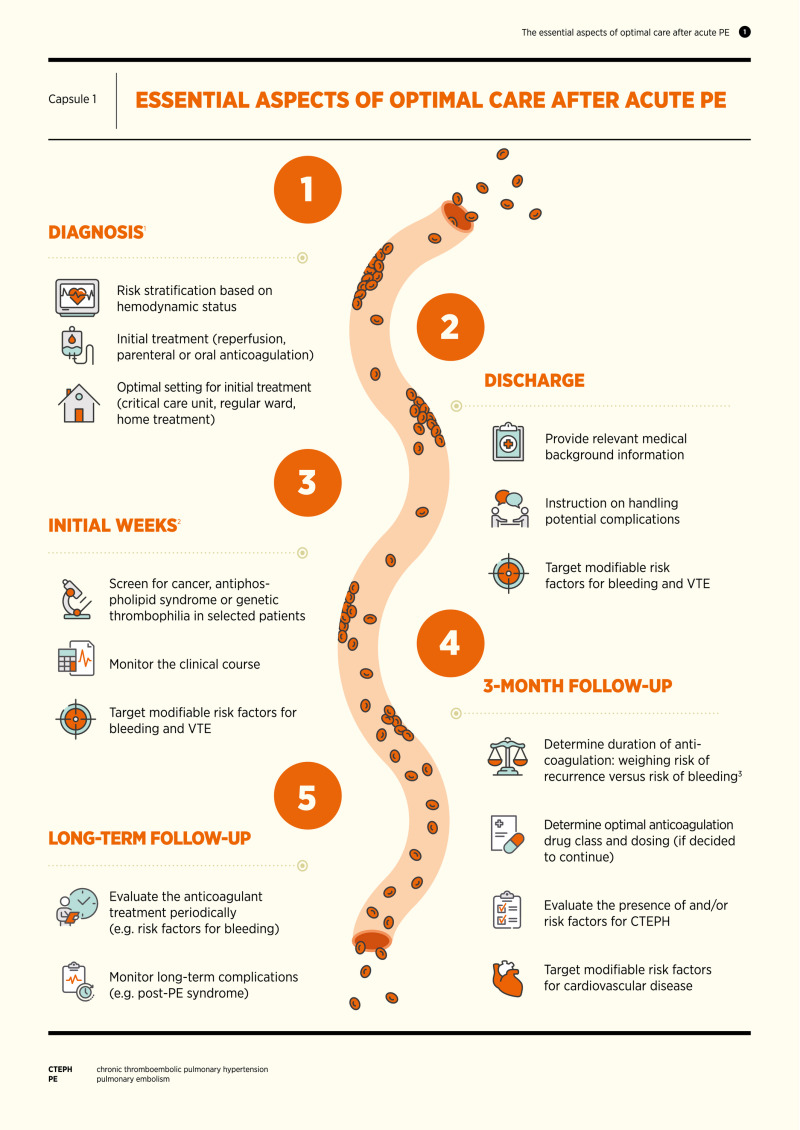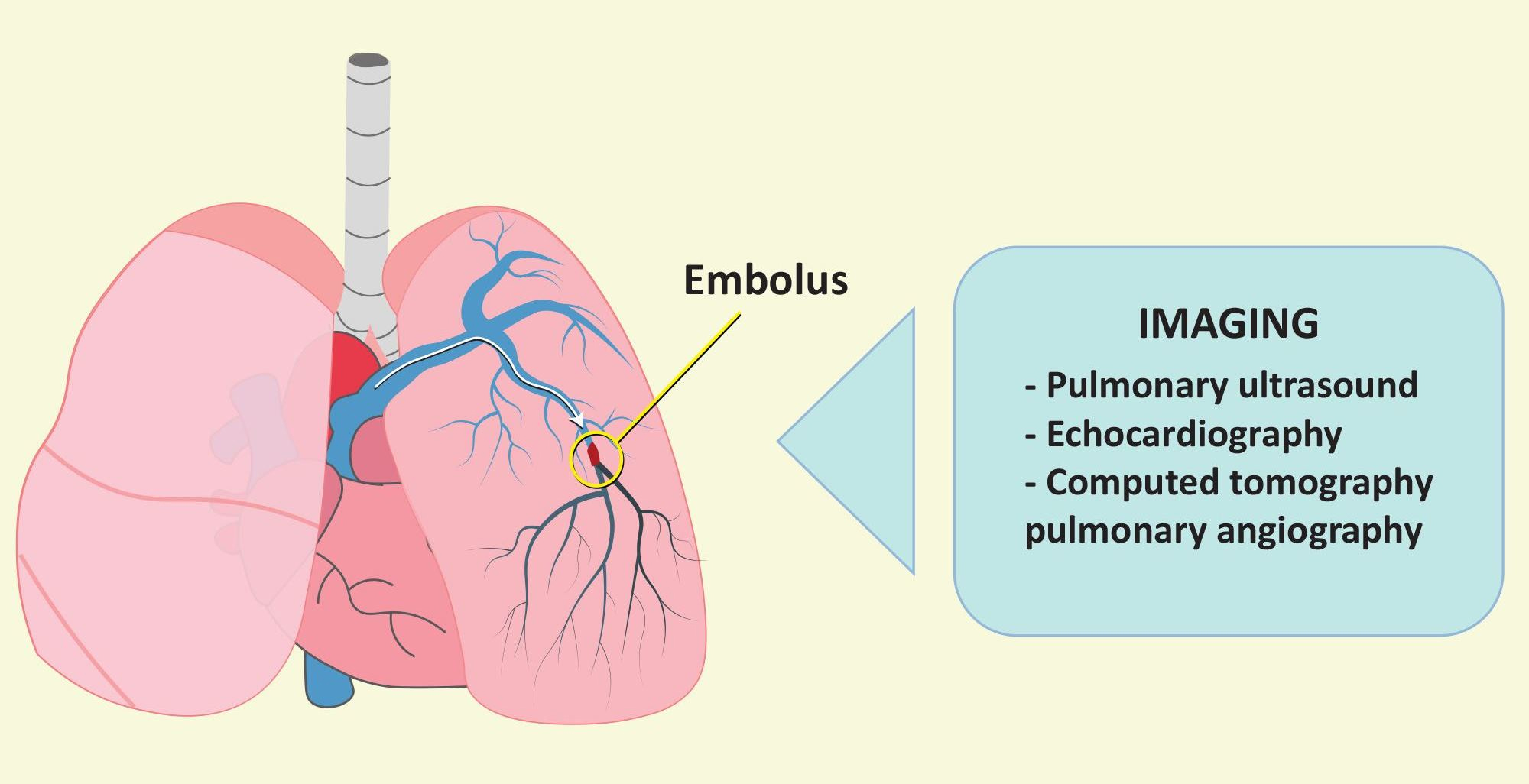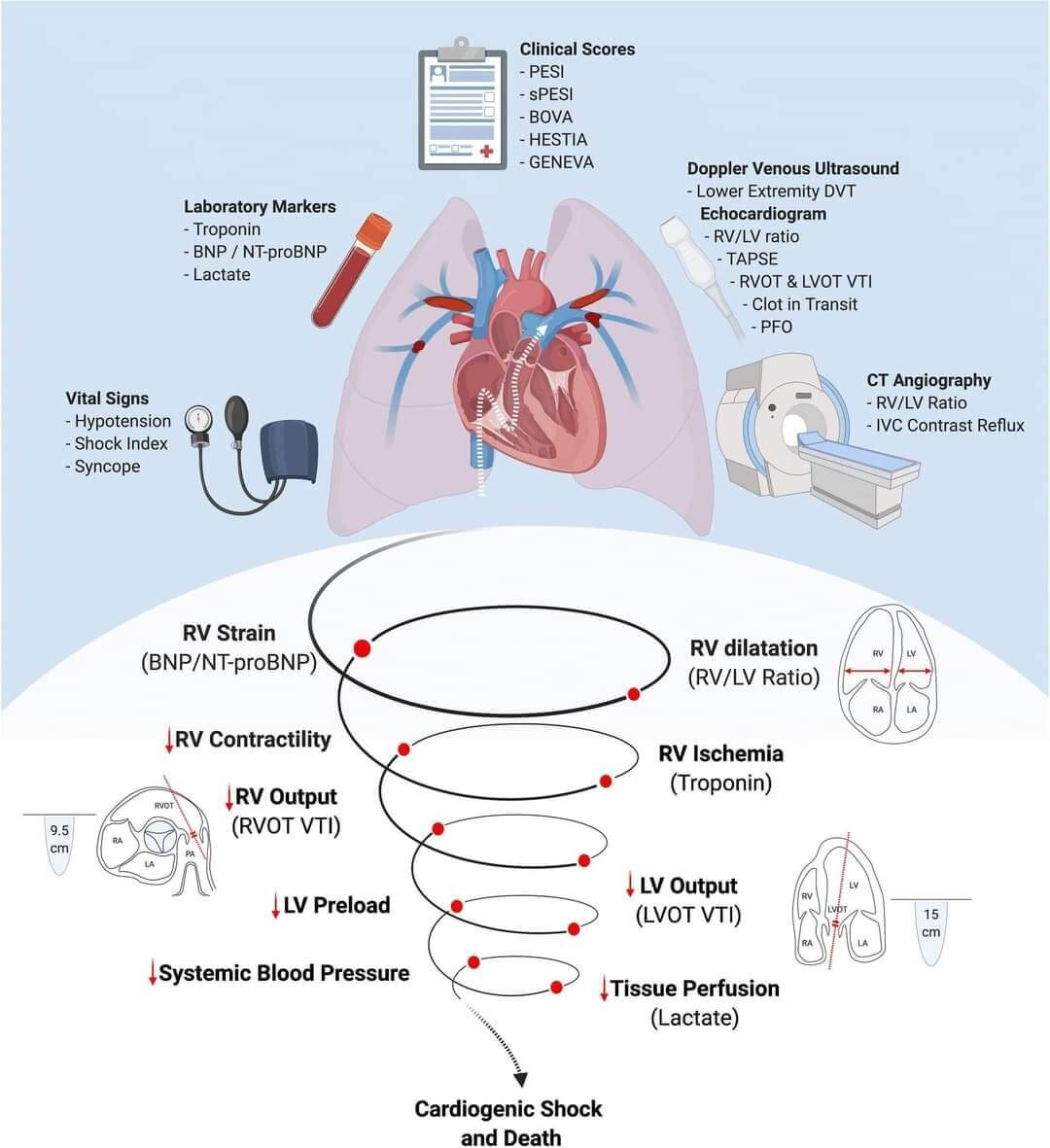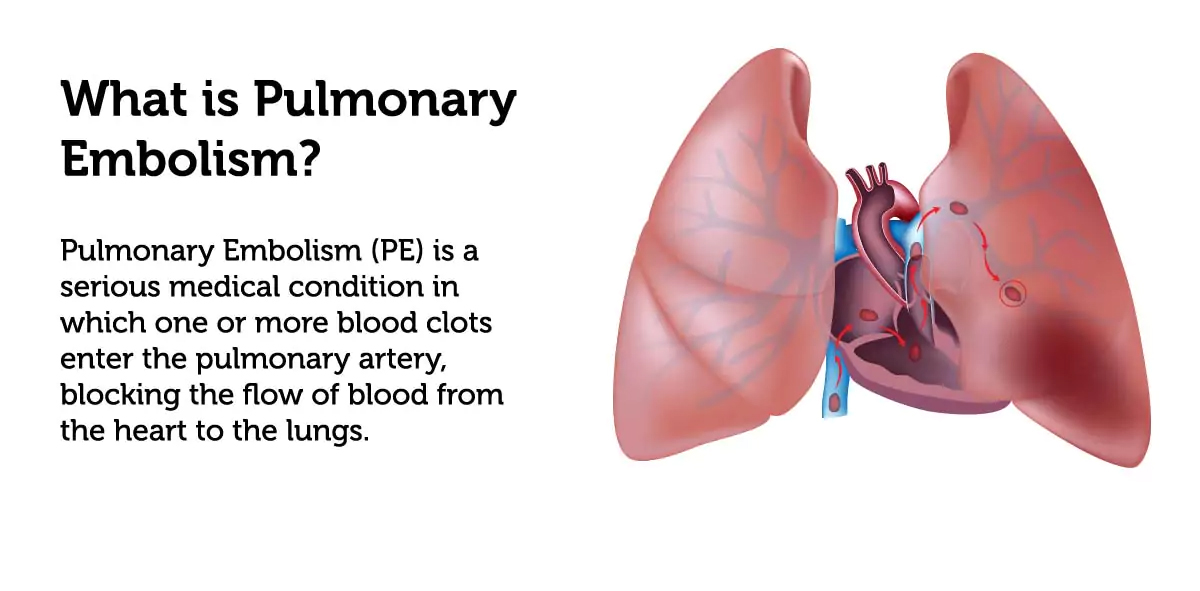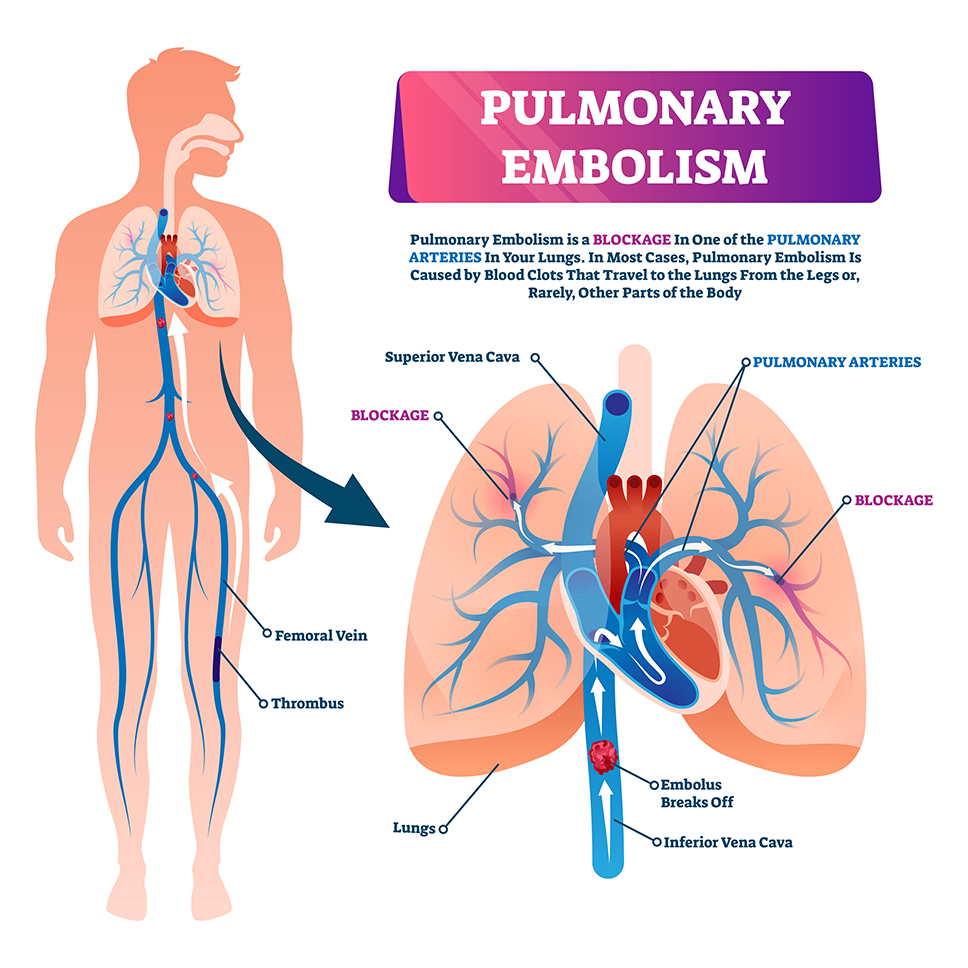
Key facts
- A pulmonary embolism (PE) is a blood clot in your lungs.
- The blood clot usually starts in a deep vein in your leg.
- If you have symptoms like chest pain, coughing up blood or trouble breathing get medical help.
- There are several treatments for a pulmonary embolism.
What is a pulmonary embolism?
A pulmonary embolism occurs when a blood clot gets stuck in the blood vessels in your lungs.
It is normal for your blood to clot, such as when you cut yourself. However, a blood clot in the wrong place can cause problems.
A blood clot forming in an artery or vein is called thrombosis. An example of this is deep vein thrombosis, also known as a DVT. When part of a blood clot comes away from a vein and travels through your bloodstream to the lungs, it is called a pulmonary embolism.
A pulmonary embolism can reduce the amount of oxygen getting in to your body. A lack of oxygen can damage your lungs and other organs.
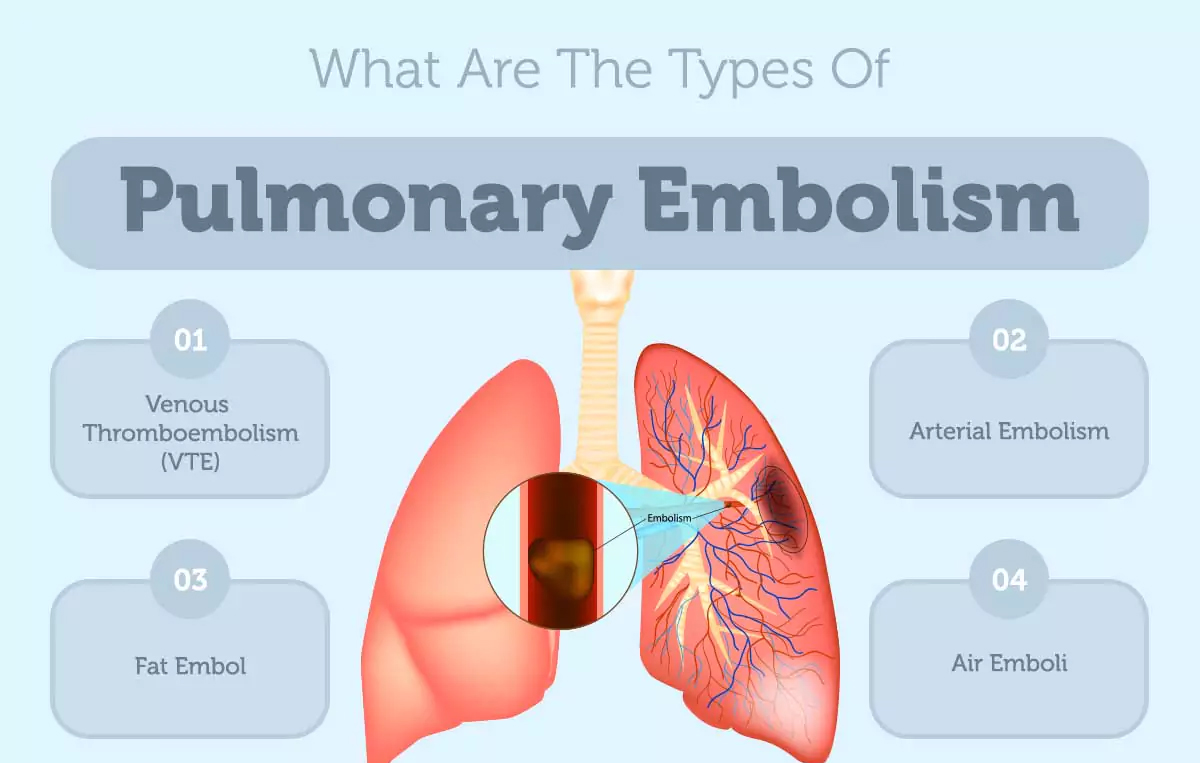
What are the symptoms of a pulmonary embolism?
The symptoms of pulmonary embolism include:
- sudden or new breathlessness
- chest pain, which may be worse with deep breaths
- fast heart rate
- fast breathing
- cough, or coughing up blood
- fainting or dizziness
Other symptoms that you may have with a pulmonary embolism include:
- swelling or pain in your calf
- pain in your back
- clammy skin
- fever and sweating
- feeling lightheaded
What causes a pulmonary embolism?
A pulmonary embolism is a blockage in the blood vessels in your lungs. The most common cause is a blood clot which has come from a deep vein thrombosis (DVT) somewhere else in your body. If a blood clot travels to your lungs this is a serious problem.
You are more likely to get a pulmonary embolism if you:
- have a genetic (inherited) condition that causes clotting problems
- have had major surgery, for example a hip or knee replacement
- have been badly injured, such as a spinal injury
- have a severe illness such as cancer or kidney failure
- are taking certain medicines
- are pregnant or have recently had a baby
- have had a pulmonary embolism or a DVT before
Some other risk factors for a DVT or pulmonary embolism include:
- being immobile (not moving) such as if you are recovering from illness, or travelling on long-haul flights
- older age
- obesity
- smoking
Other rare causes of a blockage in a pulmonary artery are an air bubble or a tumour.
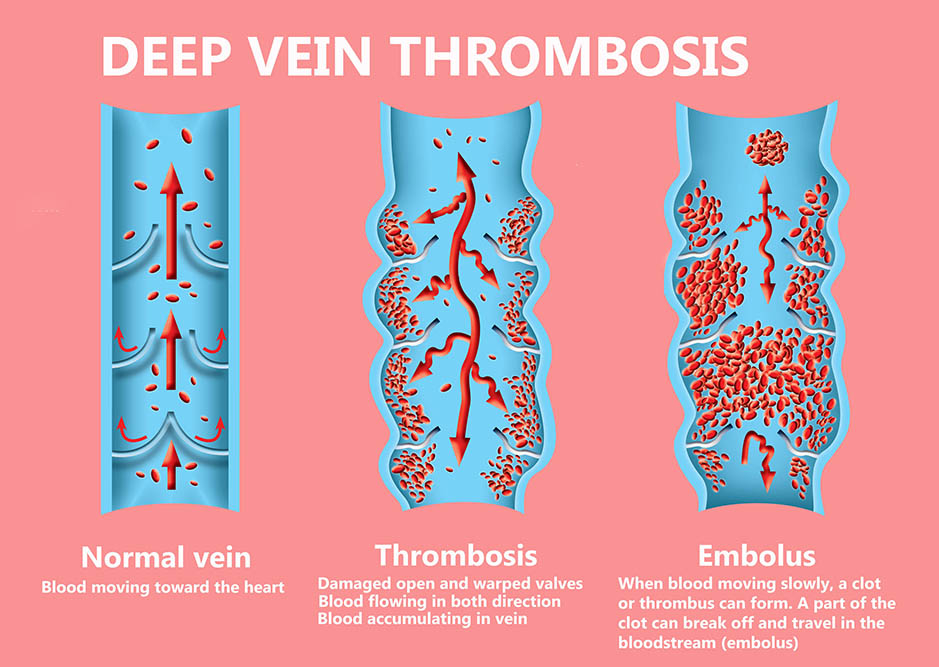
How is a pulmonary embolism diagnosed?
Your doctor will ask you about your symptoms and risk factors. They will examine you.
You will need to have some tests, which could include:
- checking the amount of oxygen and carbon dioxide in your blood
- a D dimer blood test
- imaging such as a chest x-ray, CT scan or ultrasound scan
One specific scan used to diagnose pulmonary embolism is called computed tomographic pulmonary angiography (CTPA). This test looks for a blood clot in your lung via imaging sections of the lung.
Another test is a ventilation/perfusion scan. This scan uses a radioactive substance to find any areas in the lungs where air and blood flow may be disturbed because of a blood clot.
If you are pregnant, you may have an MRI scan instead of a CT scan or x-ray.
How is pulmonary embolism treated?
If you have pulmonary embolism, the treatment will aim to
- stop the clot from getting bigger
- stop any new blood clots forming
- prevent long-term complications
The main treatment is anticoagulants (blood thinners). These medicines help to dissolve the blood clot and prevent future clots from forming.
Another treatment is an inferior vena cava filter (IVC). This is a filter that catches the blood clot before it reaches your heart and lungs. The filter is inserted into a large vein.
In rare cases, your doctor will need to do surgery to remove the blood clot.
Medicines called thrombolytics are sometimes used break down and dissolve the blood clot.
What should I expect after a pulmonary embolism?
After a pulmonary embolism you might have shortness of breath as well as mild chest pain or pressure. This could happen when you exercise or breathe deeply. Your symptoms will improve over time. Follow your doctor’s instructions about how much to exercise.
You may need to continue to take blood thinning medicine for several months or more. If you are on warfarin, follow your doctor’s instructions carefully as there can also be risks of bleeding if your dose is not right for you.
How can pulmonary embolism be prevented?
If you are at risk of having a pulmonary embolism, try to follow a healthy lifestyle. You should eat a balanced diet, be physically active and do not smoke.
When travelling, take breaks to do foot and leg exercises or walk around. Stay hydrated and wear compression stockings.
If you are having surgery or need to stay in hospital you may need to:
- take anticoagulant medicines
- wear compression stockings
- use an inflatable compression device on your legs
- walk around as soon as possible after the surgery
What are the complications of pulmonary embolism?
A large pulmonary embolism is serious, and can cause heart problems, lung and breathing problems or even sudden death.
If you have a pulmonary embolism or a DVT, you are more likely to have another one later.
Chronic thromboembolic pulmonary hypertension (CTEPH) is a rare ongoing complication of pulmonary embolism.
